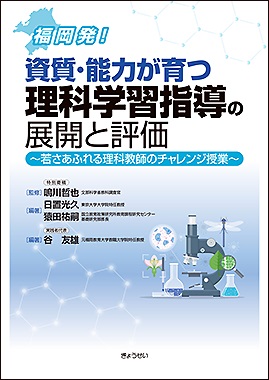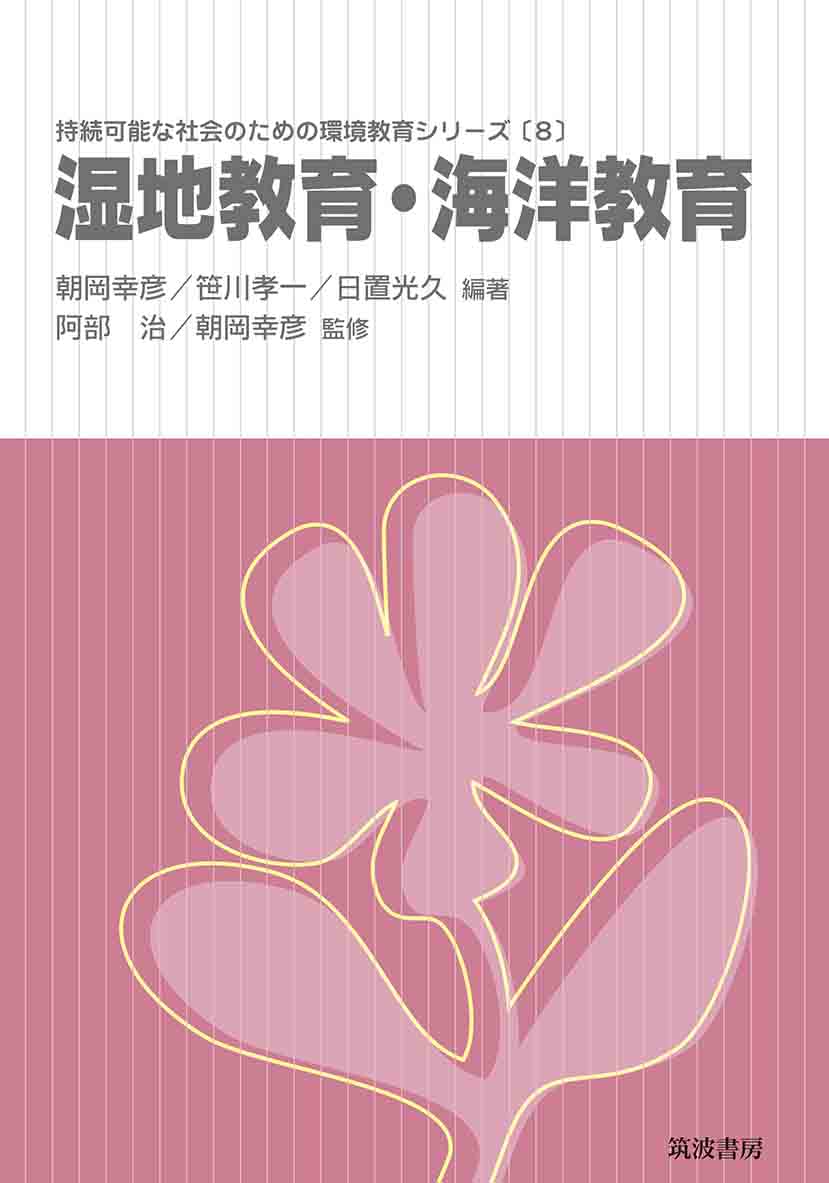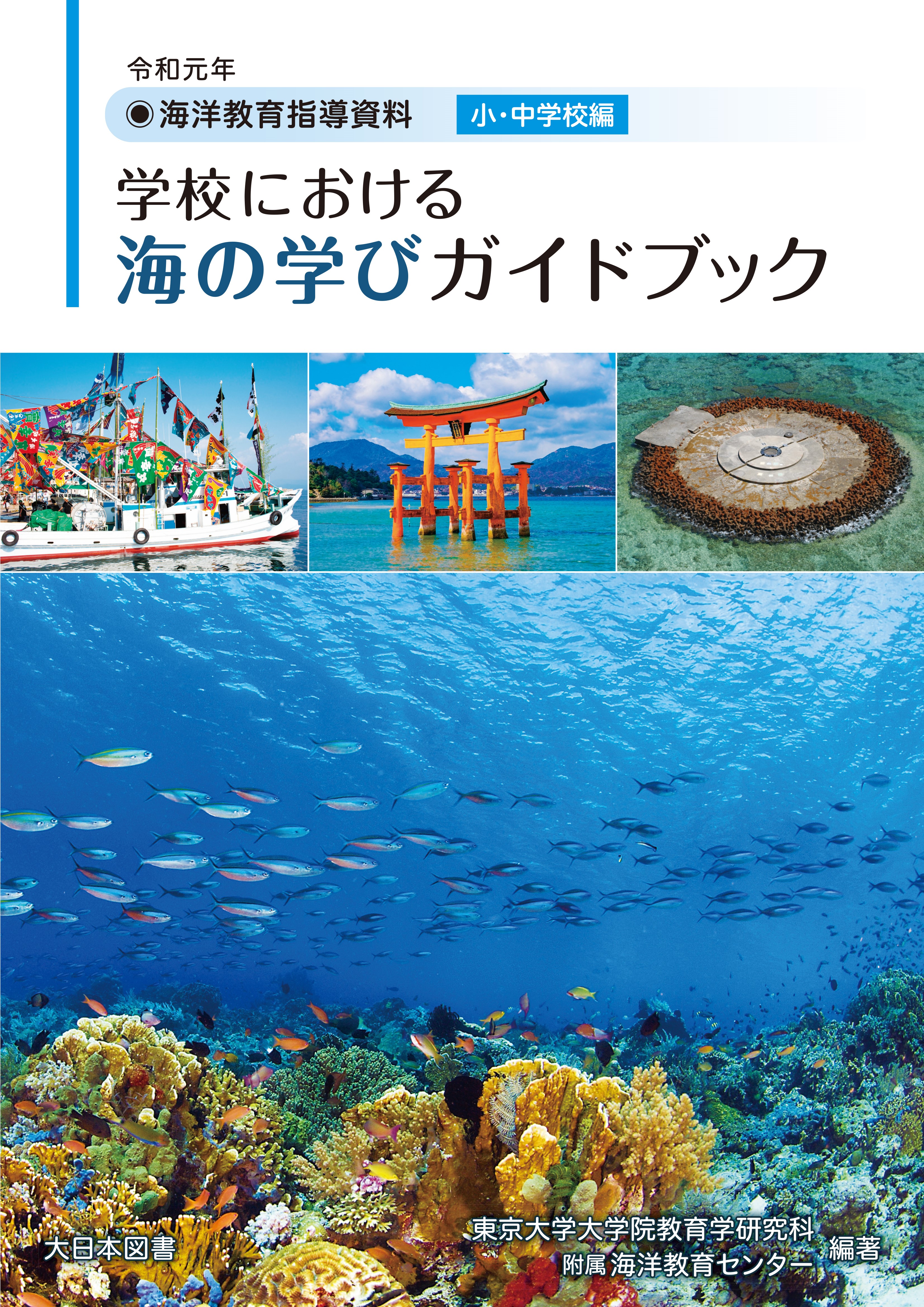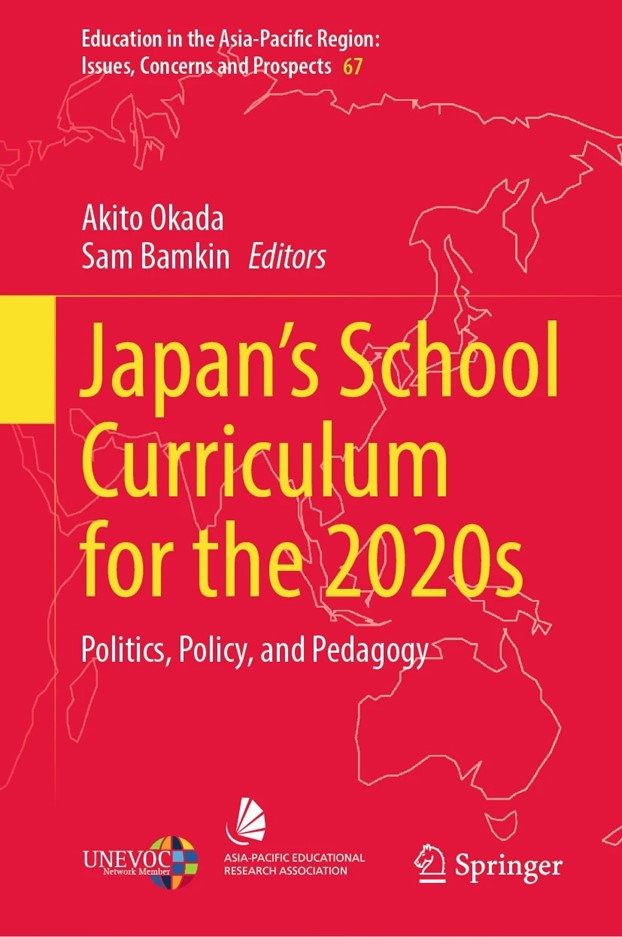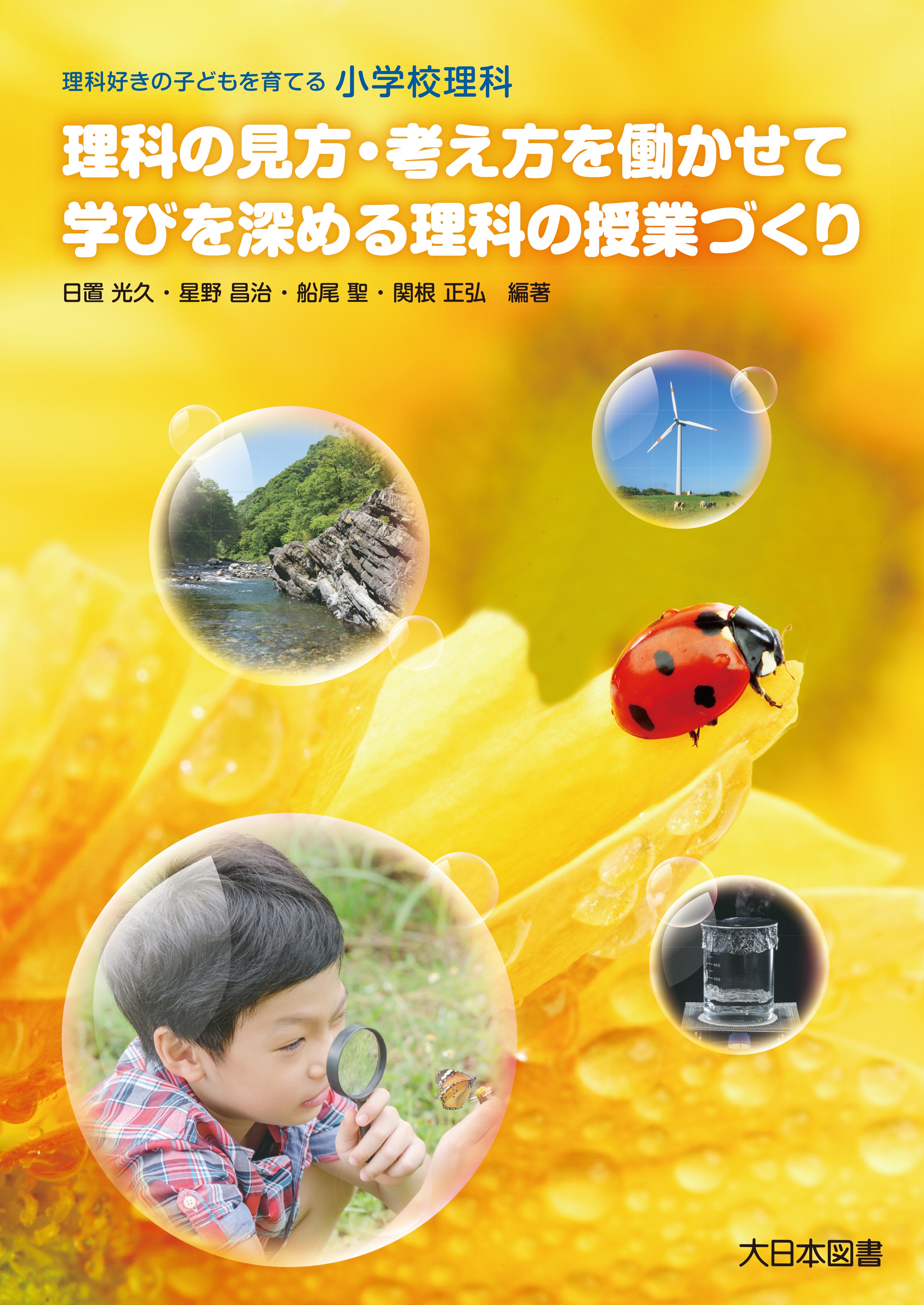
Title
Fostering a love of science in students through science classes in elementary school Rika no Mikata, Kangaekata o Hatarakasete Manabi o Fukameru Rika no Jugyo-zukuri (Curriculum creation for science classes with the aim to facilitate scientific perspectives and cultivate an enhanced understanding of science-related subjects among students)
Size
160 pages, B5 format
Language
Japanese
Released
February, 2020
ISBN
978-4-477-03180-4
Published by
Dainippon Tosho
Book Info
See Book Availability at Library
Rika no Mikata, Kangaekata o Hatarakasete Manabi o Fukameru Rika no Jugyo-zukuri
Japanese Page
Curriculum can be divided into three basic orientation types: past-, present-, or future-oriented. Out of these, the most is past-oriented curriculum is the most common type; this curriculum is based on the teaching of the “seven liberal arts” (septum artes liberals), an artistic perspective that emphasizes the use of a traditional curriculum with a focus on communication and transmission of culture. During the first decade after World War II, Japan began to emphasize the use of present-oriented curriculum in education, as well as its transition toward American-style education. During the period of rapid economic growth from 1955–1964, Japan made further changes to future-oriented curriculum, which exist to the present day. However, during this long period, there has not been a uniform “future” type. Since the Japanese people perceived that their daily lives had become increasingly abundant and convenient, they began to perceive the future through rose-colored lenses. After experiencing major earthquakes and other natural disasters, they began to question the idea of the future indicating only economic prosperity. However, based on the relationship between Japan and the world in the current global era, a newer redefinition of the “future” has been adopted. Through these methods, the “future” of the early–middle postwar period, based on its concept of steady progress, has been significantly diminished, and the concept of the “future” has undergone revisions.
Starting from the current fiscal year (2020), the New Course of Study for elementary schools have been fully implemented. Therefore, what type of “future” is postulated here? A report by the Central Council for Education in Japan, published in December 2016, clarified the concepts and orientation of this most recent curriculum revision. Herein, consciousness regarding the “current era” is noted through the following phrases: “There will be rapid developments beyond human imagination;” “There will be ever accelerated changes in society, changes that will be complex and difficult to foresee;” and “unpredictable changes.” The following ominous text is provided as a chapter subheading: “In an era of unpredictability, each individual must create their own future.” Thus, the future is difficult to foresee, and cannot be considered as merely an extension of the present. The future is not generated within the flow of time, but instead must be “created.” “Backcasting” is a useful concept for dealing with a future defined through this method. The keywords then become associated with artificial intelligence (AI) and the Internet of Things (IoT); this represents the fourth industrialization, or “Society 5.0.”
The learning ability primarily required under this concept of “future” is focused on creative production and extrication. The contents cannot be considered a priori, or pre-existing. Therefore, what does this ability to create entail? It signifies a goal, target, or purpose: what types of things are required to ensure improved human life and society (that is, our daily lives)? In an environment wherein various contexts and subtexts are interwoven in a complex manner, this signifies the ability to analyze the current situation and circumstances, and based on a deep understanding of these factors, to create one’s goals and definitions. This process will enable people to seek the information they require, summarize and gain an overview of their thoughts and concepts, and facilitate using their abilities to resolve the difficulties that arise in their lives. “Inquiry” is one of the keywords included in the recent curriculum revision. It is a term that has long been cherished and utilized in the field of science education as a means of Problem-solving. Those who carefully consider the ability to create “purpose” may realize that this is not usually considered in discussions about AI and IoT because although they have evolved, the “processing” that they conduct will be within the framework of a specific “purpose.” Therefore, this book discusses the qualities and abilities that must be fostered in children to ensure they can creatively encounter and interact with nature, and utilize the perspectives and concepts of science. Moreover, this book presents models of engagements that can be used to create and organize effective science classes, and analyzes the aims of the new science education. Efforts have been made to present in concrete detail the units that must be taught to elementary students from grades three through six. Furthermore, the best methods for stimulating children to adopt scientific perspectives, by using the process of problem solving with active learning as the primary method, are also analyzed.
(Written by HIOKI Mitsuhisa, Project Professor, Graduate School of Education / 2020)



 Find a book
Find a book


